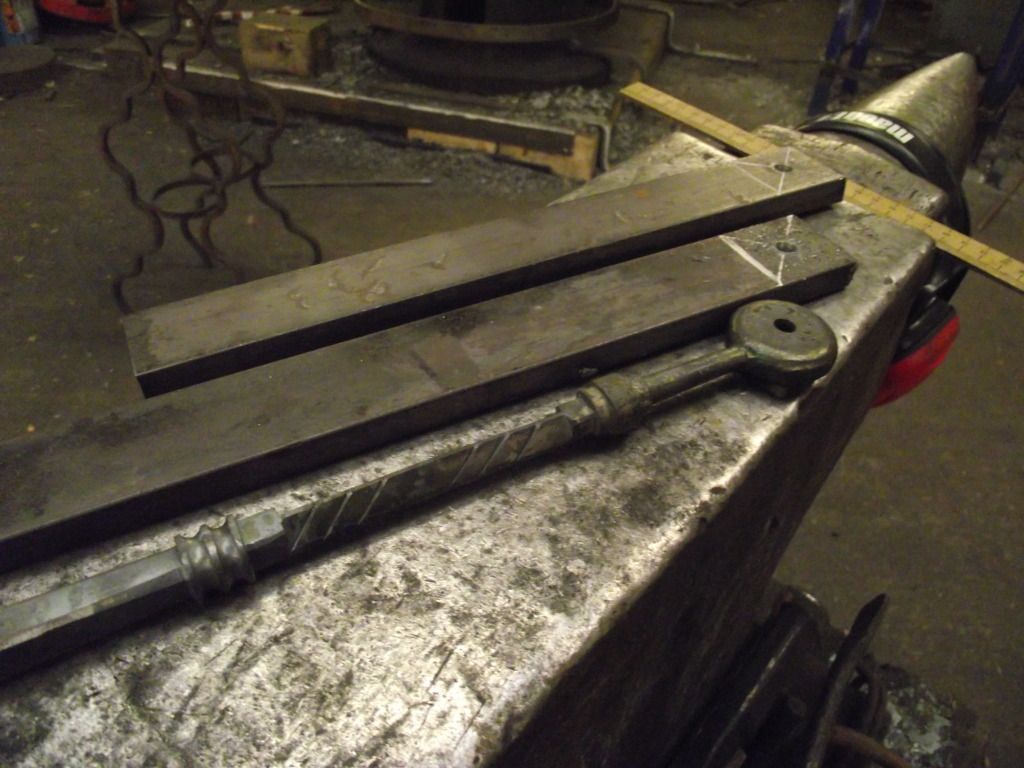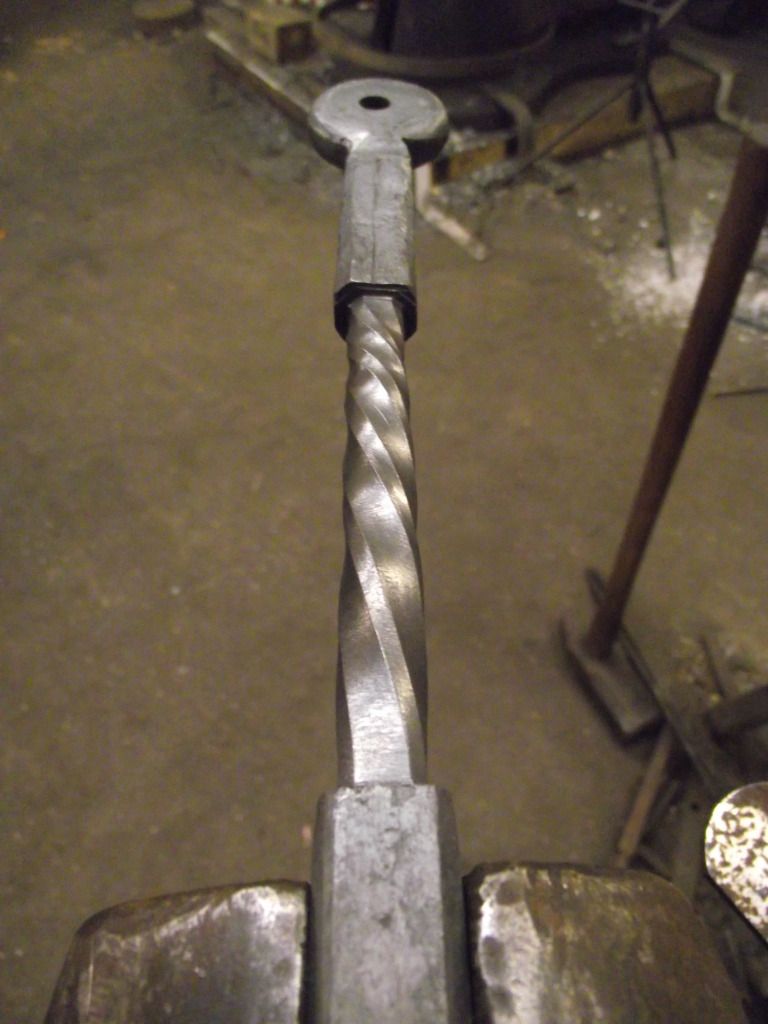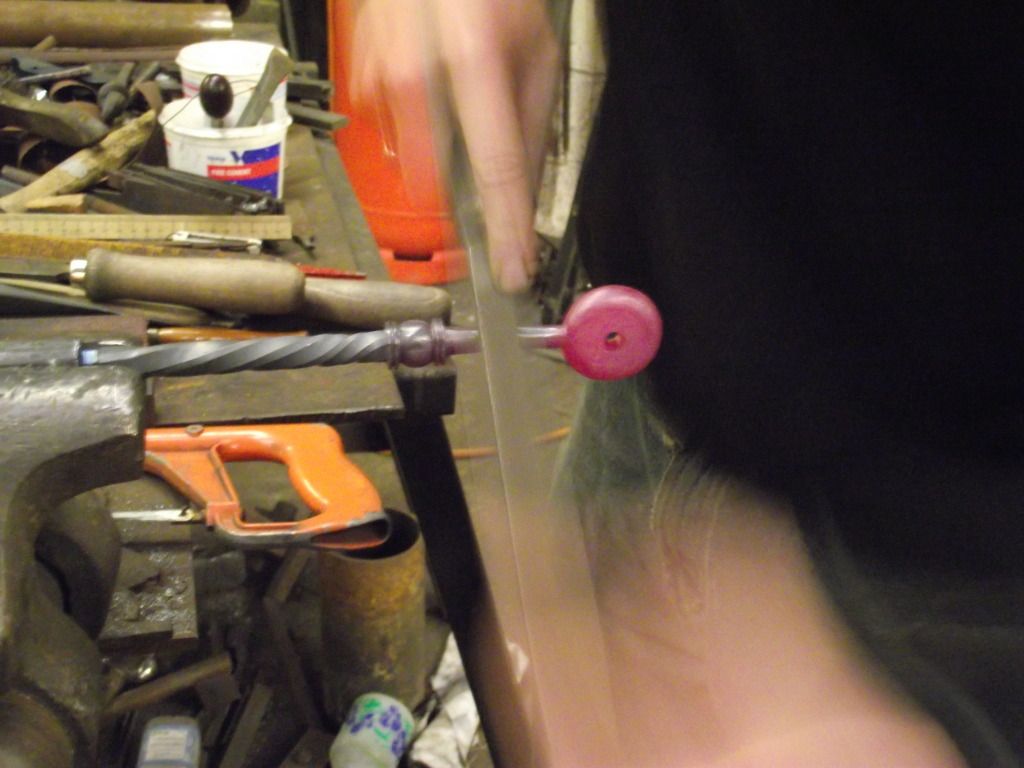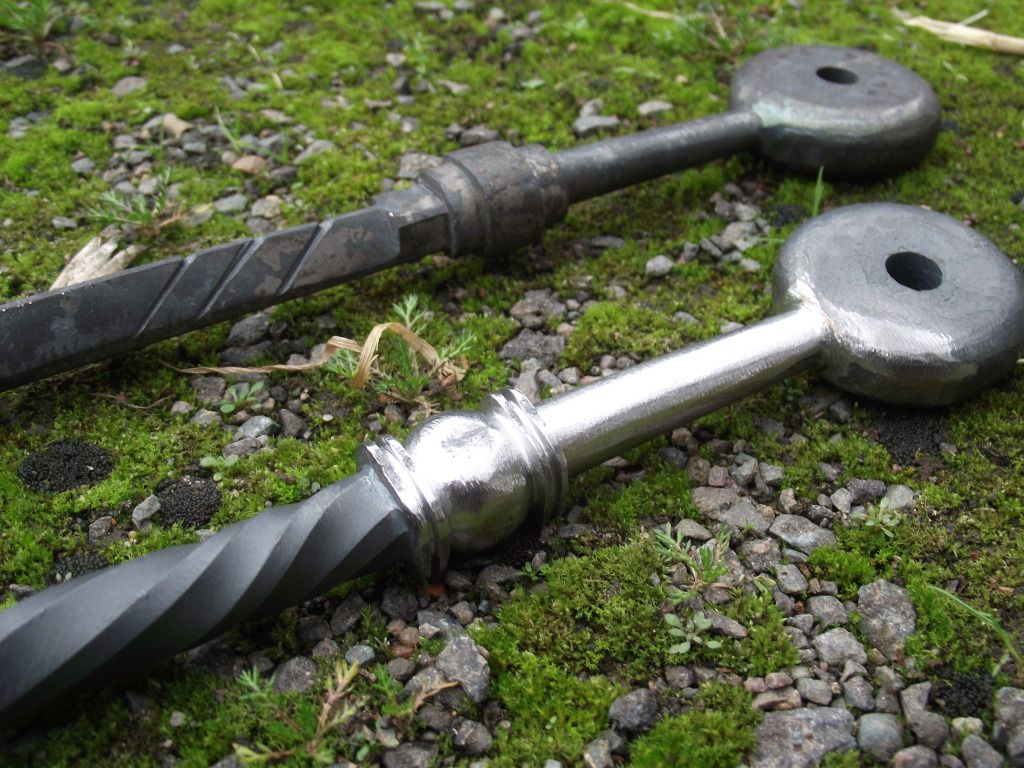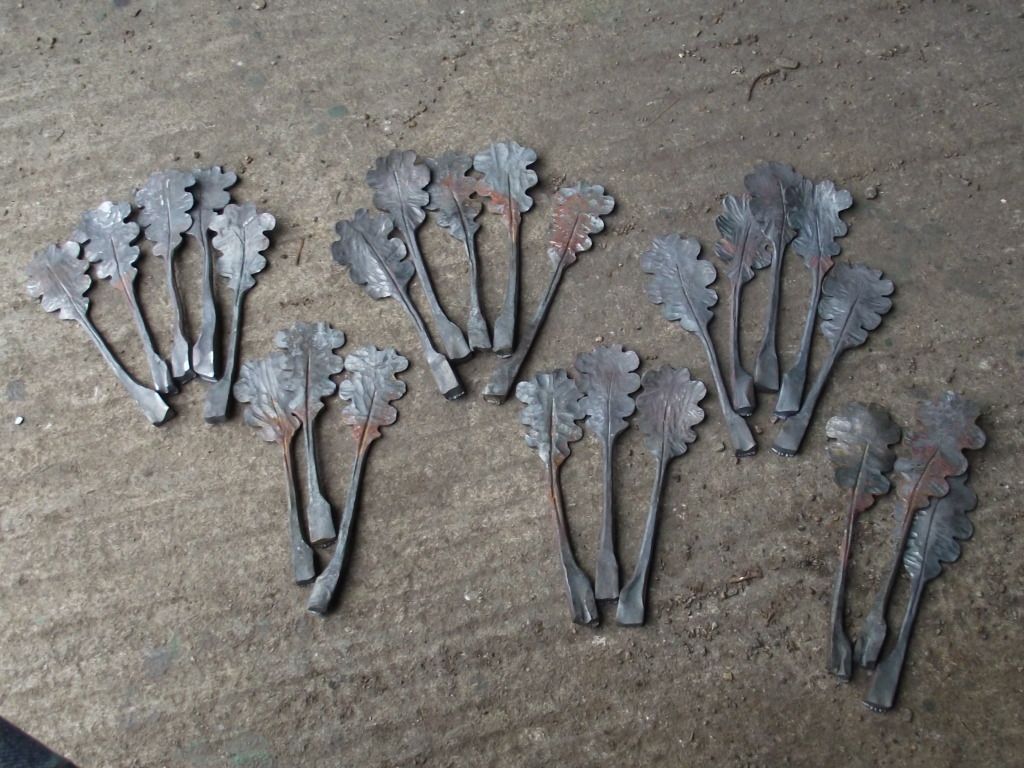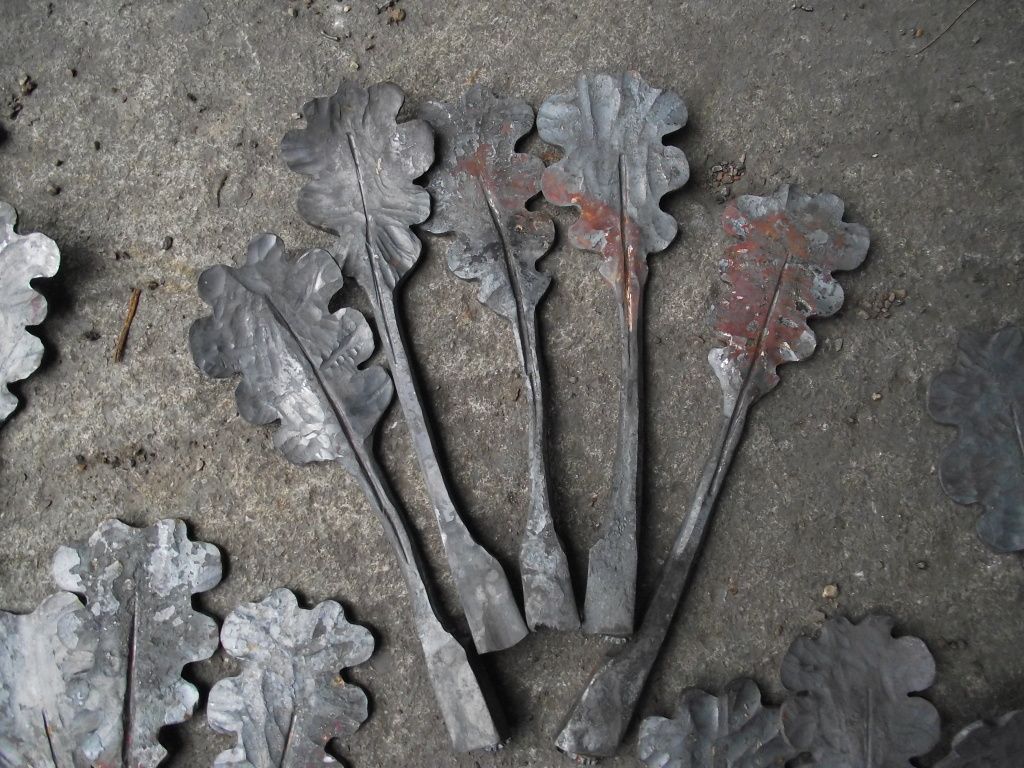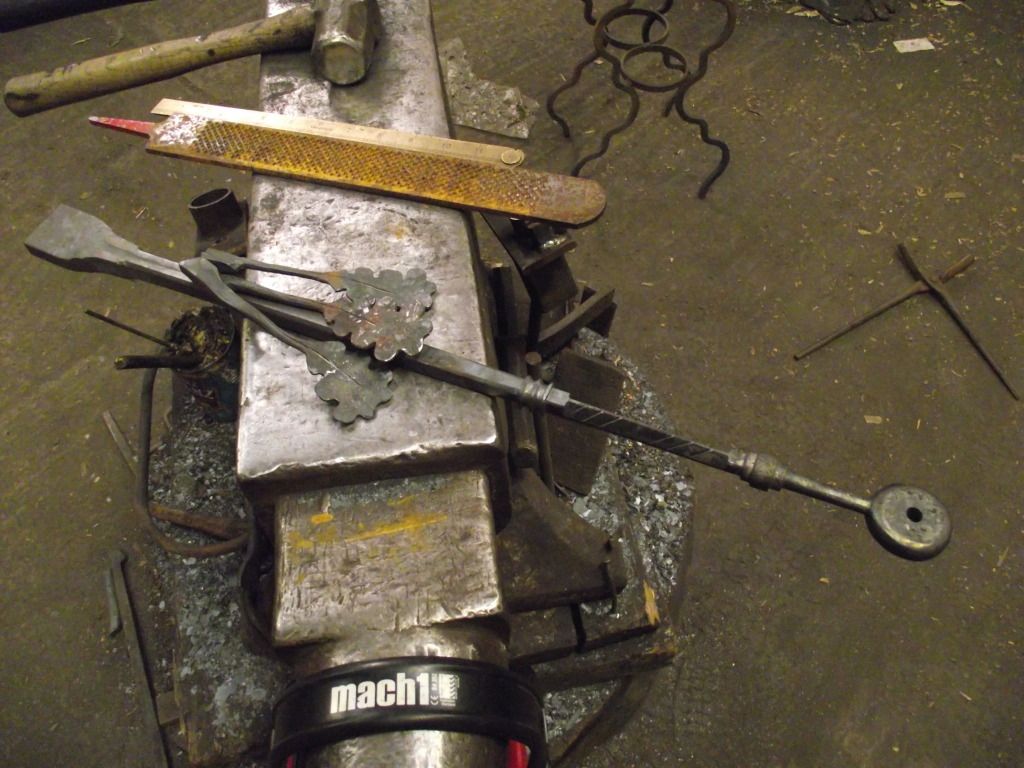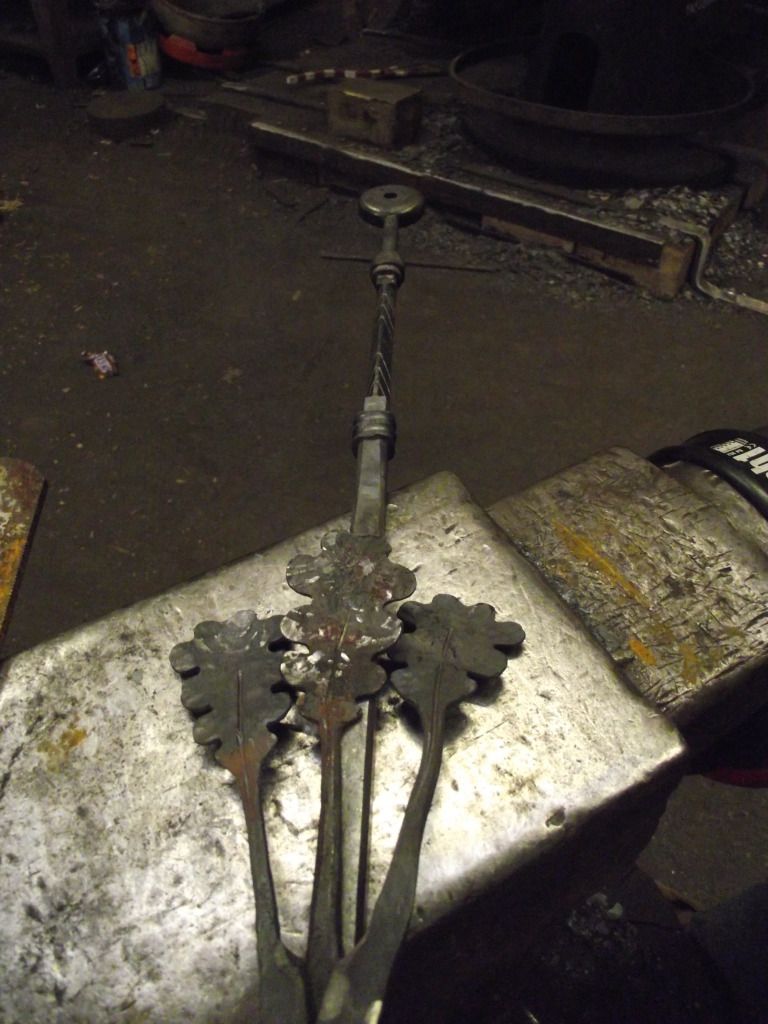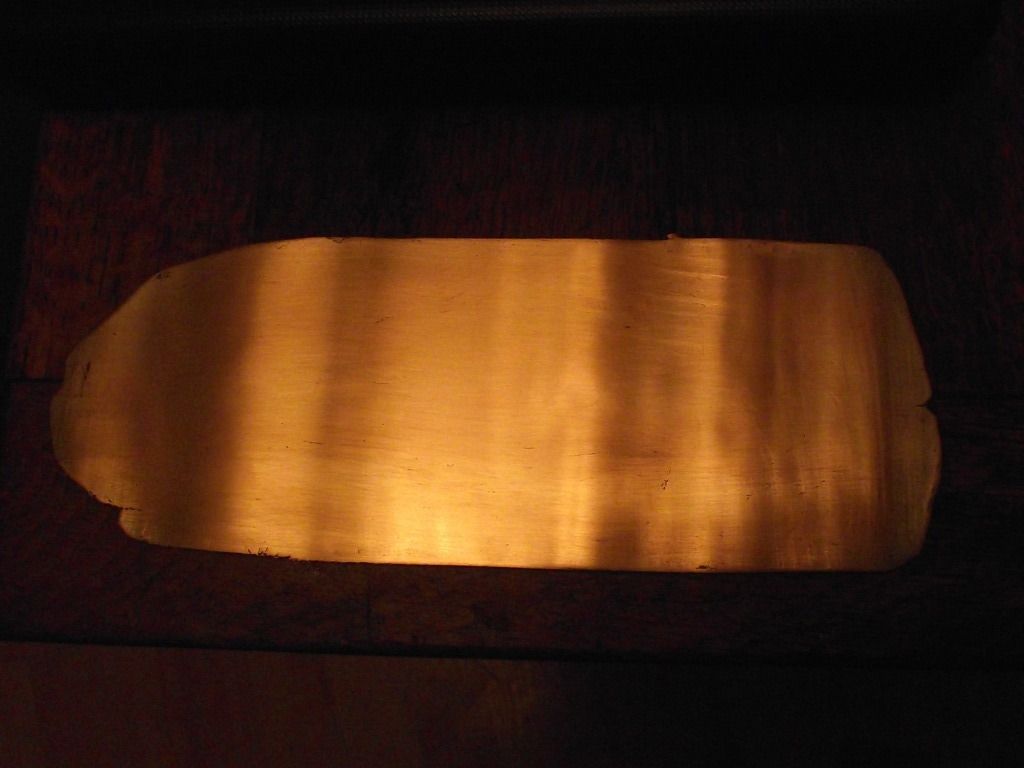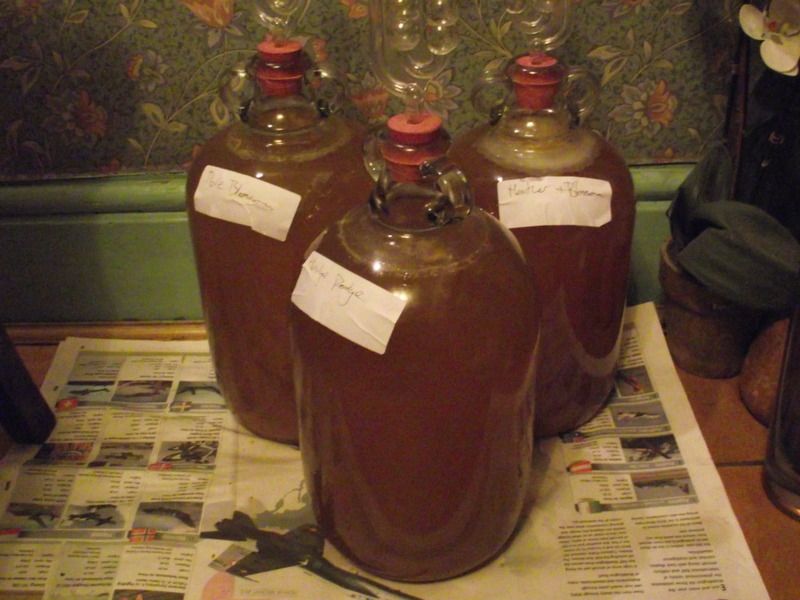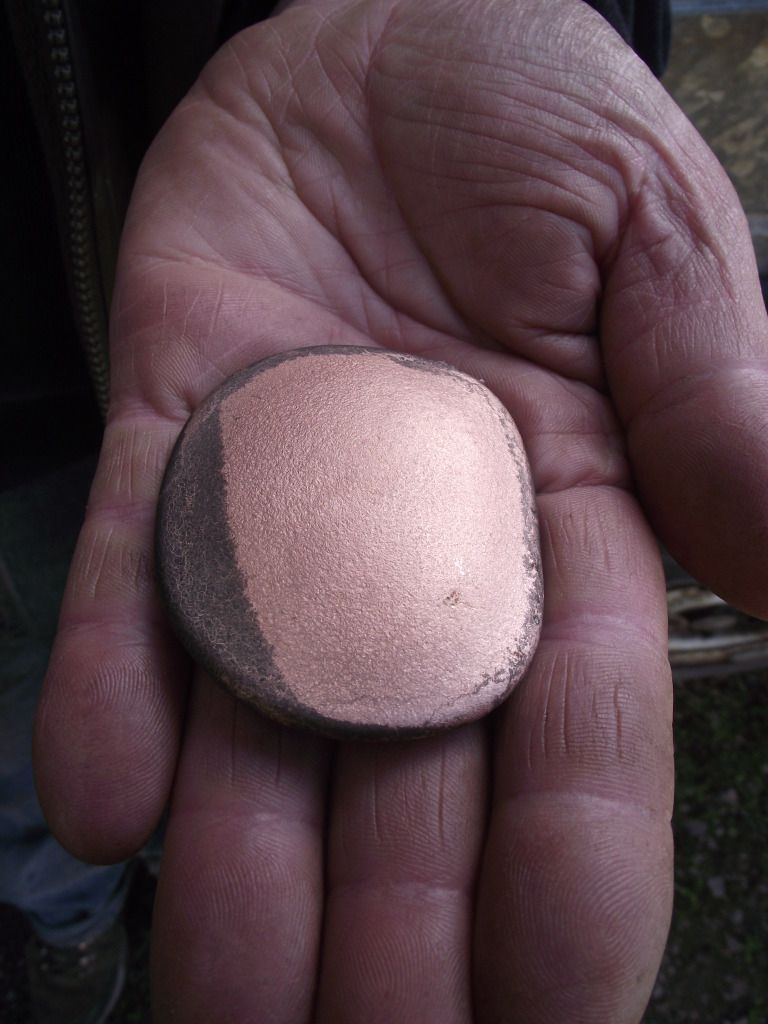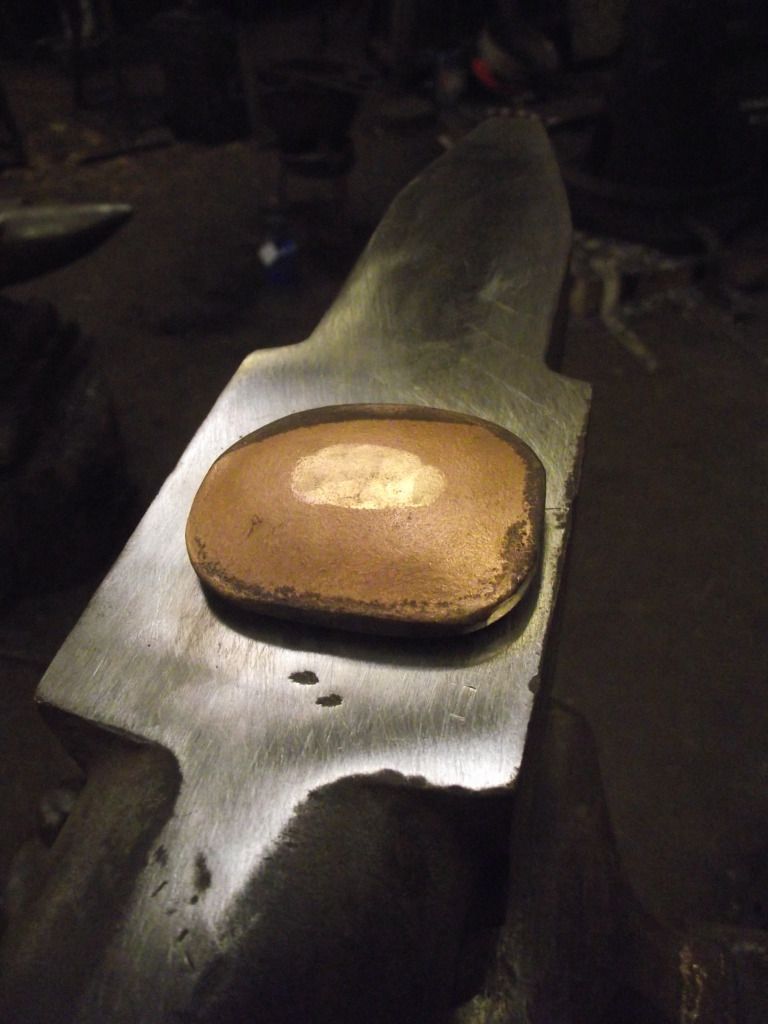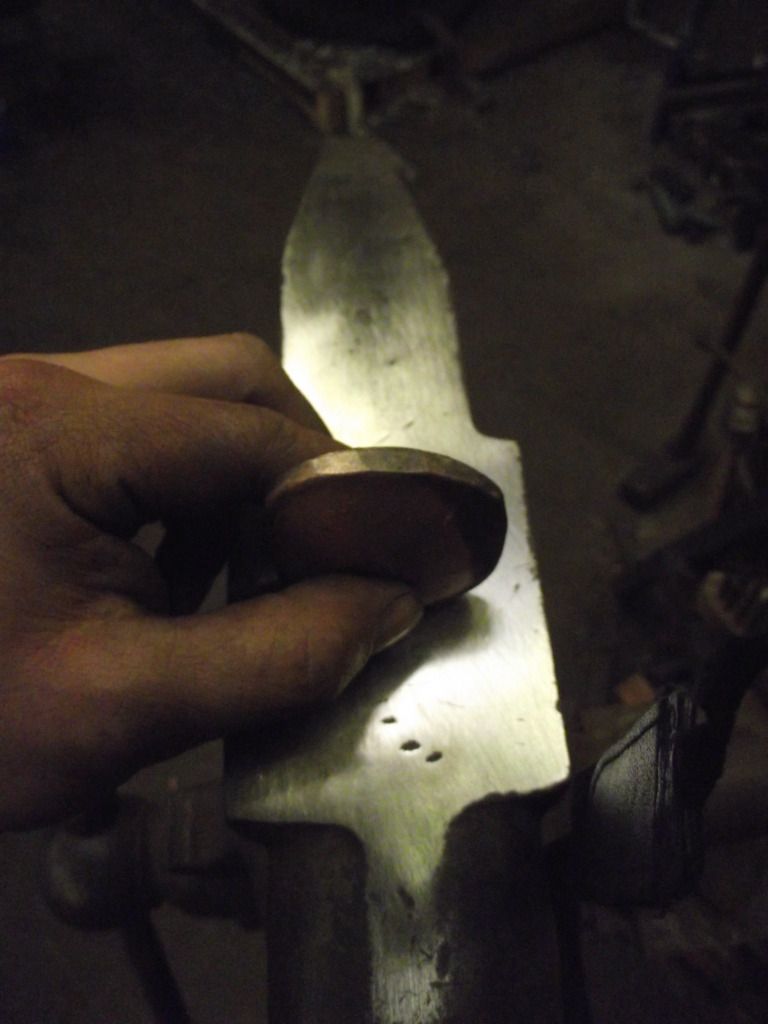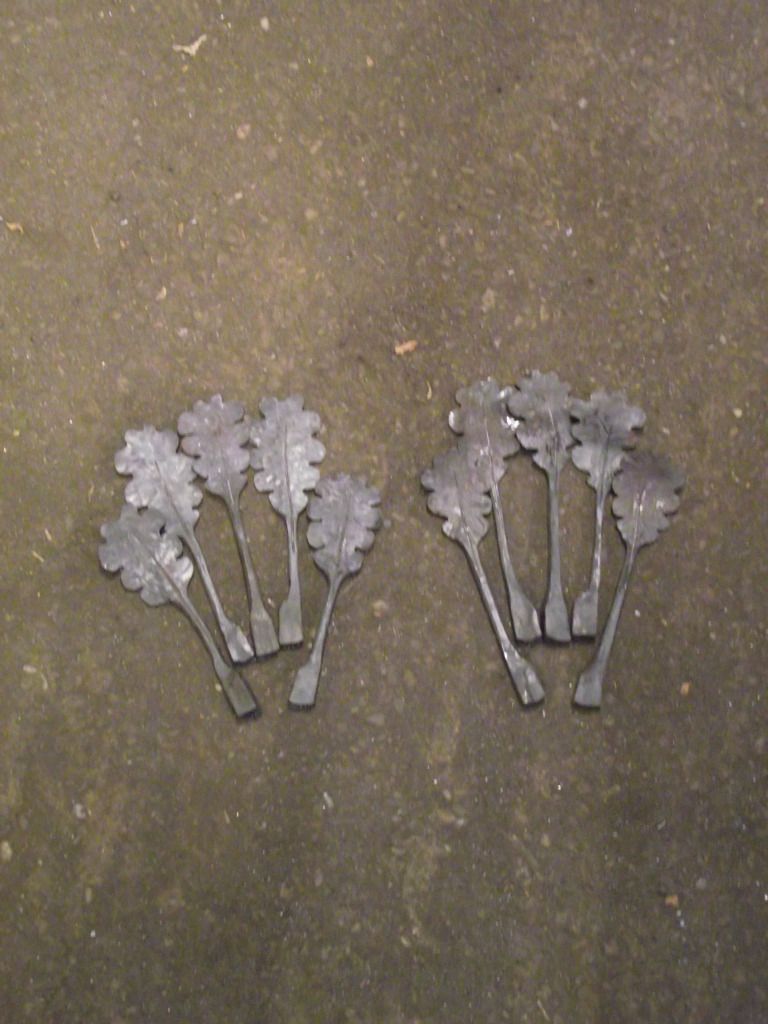Continuing with one of my current projects, I have, so far, this
week made two of three crucial elements that will support the table area.
These verticals, which I have been referring to as
lollipops, are important as they are the element that rises to meet the person
interacting with the table. They are each individually designed with decorative
motifs taken from medieval architecture- reflecting their setting once
installed. The pieces each seek consideration from the viewer; they each ask to
be inspected - feeling the forms, precision, the intervals between surfaces,
changes in geometry and texture. These are elements of my personal style that I
keep coming back to. I enjoy the visual tempo of objects that are varied,
detailed and that enjoyment spills into my work.
It is my eye for decoration that first drew me into study
antique cutlery and also the baroque era of wrought ironwork- two areas that
inform my creative process. The work is meticulous, labour intensive, intricate
and skilled. The style, for me encapsulates the ethos of what I am trying to
achieve through my work.
These pieces have been produced entirely by hand using traditional
methods of forging and filework, the result is components that have personality
but also a vibrancy that I feel is imparted to things when made with a level of
total concentration.
